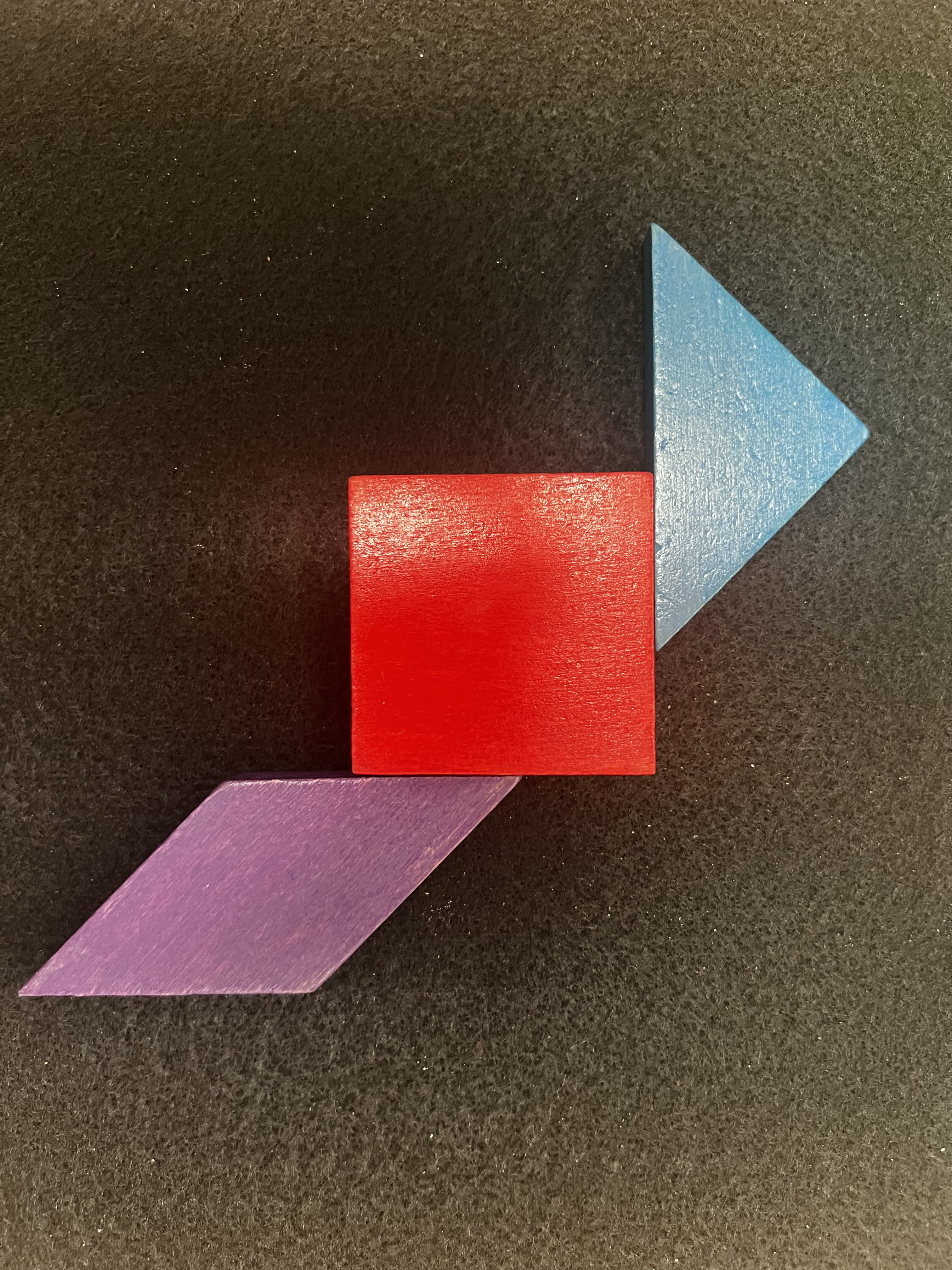Factoring In The Black
In Part One we were introduced to Red and Green filters and began to discuss how they might be used in Vision Therapy. Part Two delved a bit deeper to help explain the difference between using a ‘filter/target’ combination versus a ‘filter/filter’ setup. All the ideas shared have been based on the premise that the background is white and helped to explain when a color might cancel, or not. With all this in place, one common question is how changing the background color changes the rules of color cancellation, so let’s take a look.
Everything you need to know about working with red/green targets and understanding how to arrange the conditions properly can be summed up in one simple statement:
Red and green make black…
If you can wrap your head around this and really remember it, working the problem becomes a matter of applying this principle forwards and backwards within the context of an activity to help achieve the desired result.
Remember the ‘Red Racetrack’ activity? The desired result is that the patient see the red printed lines, so the eye we want to ‘work’ should wear the green filter because red and green make black, which makes the lines visible against a white background.
Take a look at this near letter chart which is covered with the red/green bar reader; this time seen through a green filter against a white background. In this situation, combining colors to create black is not the desired result (the red bars appear black in this photo), but you can see how the principle applies. If the patient tells us the red bars that appear black, we know the ‘green eye’ is struggling.
Now let’s work the problem backwards and address the dreaded challenge for most up and coming Vision Therapists. What happens when the background is black? The principle of red and green makes black still applies, but the patient’s awareness will shift because of the background color.
Imagine a black background with a bunch of green felt shapes affixed to it. When viewing this target through a red filter, the combination of the green shapes and the red filter will cause the shapes to appear black, thus they ‘disappear’ on the black background. In this scenario, the green eye becomes the only eye capable of viewing the shapes. When this occurs, it’s not that the patient has made some incredible neurological change as a result of the background color being different as it is a case of ‘that’s all that’s left to see’. The same would be true for red shapes on a black background. Red and green make black, so the green eye would cause the red shapes to appear black (thus disappearing against a black background) and the red eye would be the only eye able to view the shapes. In a passive sense, this setup can work Figure Ground, Visual Discrimination, and even some Same/Not Same skills.
So my VT compadres, the next time you’re in the Vision Therapy room, test this out!
Stay Tuned For Part Four: And Then There Was Light






Leave a comment